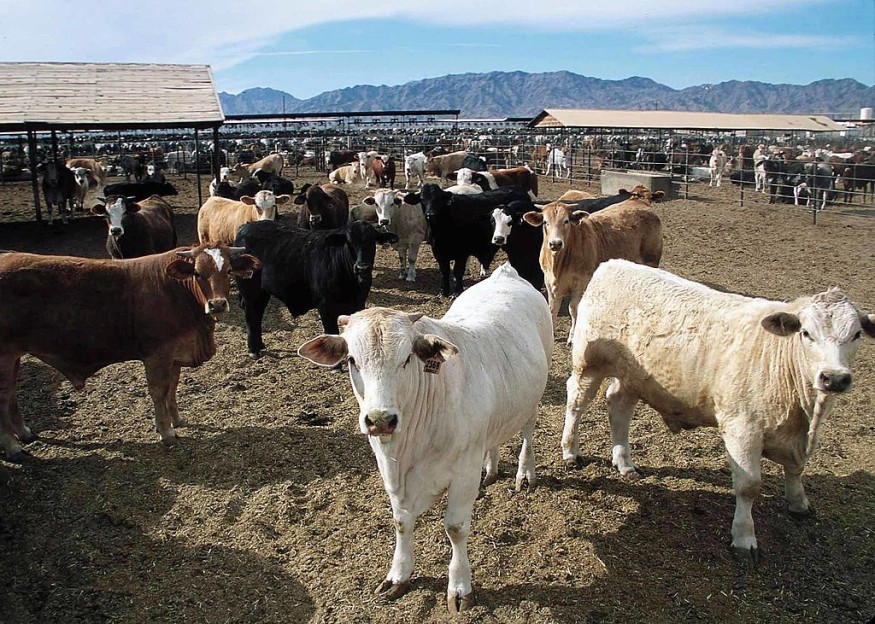Farmers in England will be granted taxpayers' cash to rewild their land under proposals for large-scale nature recovery initiatives outlined by the government. As a result, enormous expanses of land will be re-managed to protect species, provide habitat for wildlife, and restore river and stream health.

Early Days

During the first two years of the initiative, bids are being accepted for 10-15 prototype projects, each encompassing at least 500 hectares and up to 5,000 hectares, for a total of nearly 10,000 hectares - almost ten times the size of Richmond Park in London. Complete rewilding or other kinds of management focusing on species recovery and wildlife habitats might be used in these experiments.
Sand lizards, water voles, and curlews will be targeted to improve the status of nearly half of England's most endangered species.
This summer, a final decision on which should go ahead will be made, but the actual financing has not been announced since bids will be compared to establish value for money. However, the total money available for such initiatives will likely reach £700m to £800m a year by 2028. By 2042, the government hopes to have similar "landscape rehabilitation" programs covering up to 300,000 hectares of England - nearly the size of Lancashire.
Ministers also intend to provide subsidies to English farmers in exchange for "local nature recovery." Planting more trees, rehabilitating peatlands or wetlands, and allowing room for wildlife habitats are some of the smaller-scale initiatives they may take on their farms. These payments, announced later this year, are expected to reach £800 million per year by 2028.
Wildlife Conservation Effort
According to George Eustice, the secretary of state for environment, food, and rural affairs, the objective is for wildlife and nature conservation to be a matter of course for most farms alongside food production. "We want to see viable farm companies generating healthy food and backing a flourishing rural economy, where nature is recovering, and people have greater access to it," he is due to address farmers at the Oxford Farming Conference on Thursday. Through our new programs, we are going to collaborate with farmers and land managers to reverse the reduction in species, reduce our greenhouse gas emissions, enhance forest, improve water and air quality and create more room for nature."
As well as the two new programs - landscape recovery and local nature recovery - farmers will also be able to apply for incentives to assist them in safeguarding their soil and implementing other basic environmental protection measures under proposals unveiled last year. As part of the post-Brexit revamp of the £2.4 billion-a-year farming subsidies into a system of "public money for public benefits," funding for these initiatives will also reach around £800 million each year. This implies that farmers are compensated for improving the environment rather than the land they grow.
Stopping Wildlife Loss
By 2030, the government hopes to stop the loss of wild species abundance, manage 30% of land for the good of nature, and ensure that farmers contribute to the climate crisis rather than add to it. Green campaigners were skeptical about whether the new payments would be enough to meet the government's goal of halting the loss of wild species abundance and managing 30% of land for the good of nature. The Wildlife Trusts, RSPB, and National Trust organizations said clarification on how the initiatives would function was still missing.
Trajectory

As a result, green groups are skeptical that the new subsidies will be adequate to accomplish the government's goal of preventing the loss of wild species abundance and managing 30% more land for the welfare of nature by 2030, as well as guaranteeing that farmers contribute rather than add to the climate catastrophe. The Wildlife Trusts, RSPB, and National Trust organizations said clarification on how the initiatives would function was still missing.
The plans would fail unless more were done to assist farmers transition away from intensive techniques, said Jo Lewis, the policy and strategy director of the Soil Association. This might involve setting aggressive objectives for lowering pesticide and fertilizer use.
For more news update about Environmental Action, don't forget to follow Nature World News!
© 2025 NatureWorldNews.com All rights reserved. Do not reproduce without permission.





